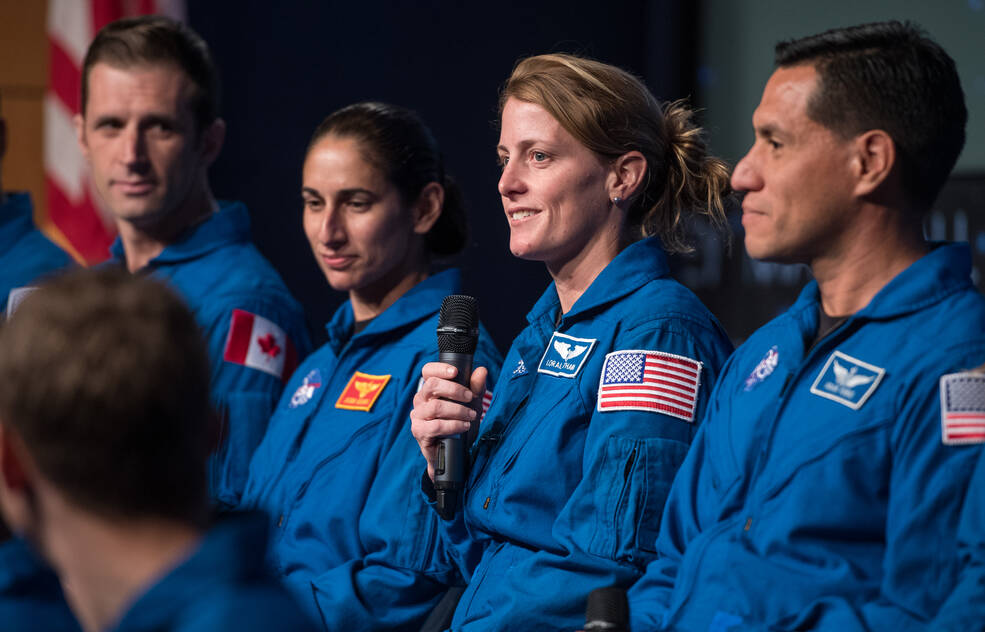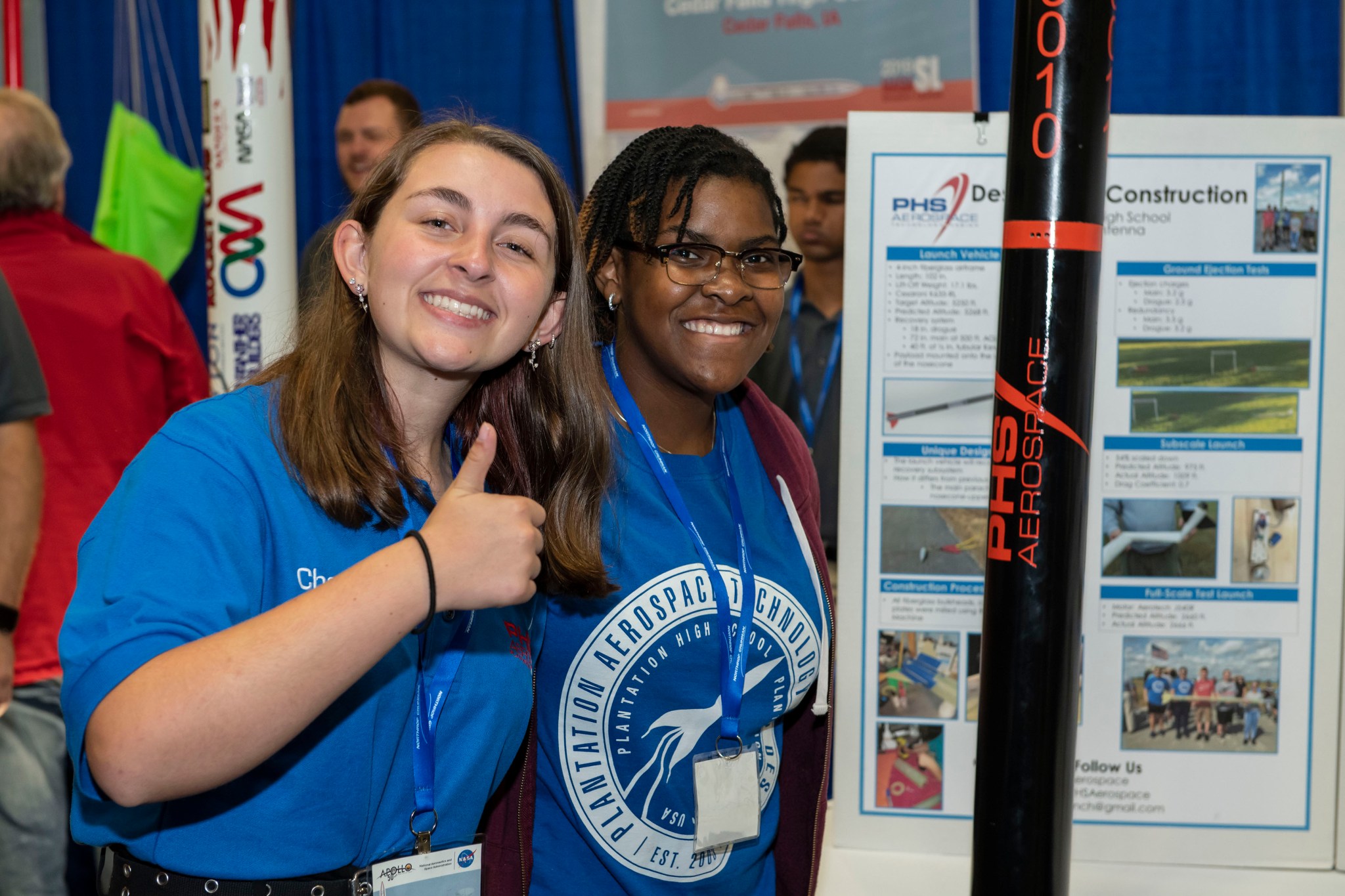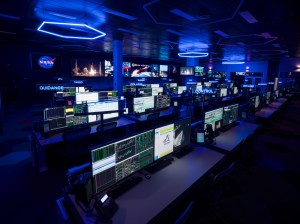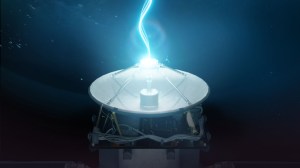10 Ways Students Can Prepare to #BeAnAstronaut
Want to #BeAnAstronaut, but don’t know where to start? Here are some ways you can kick-start your journey! Even if you don’t qualify to #BeAnAstronaut — yet — within NASA’s Office of STEM Engagement, or OSTEM, there are ways to get involved with NASA’s missions. Check out the top 10 ways to #BeAnAstronaut:
1. Apply for NASA internships.
Becoming an intern is the perfect way to get your start with NASA. Several astronauts started out as interns! Astronaut Jessica Watkins was selected as a NASA intern while both an undergraduate and graduate student. “Those experiences were really what helped shape me as a scientist and an explorer,” Watkins said, crediting the hands-on experiences she had the opportunity to be a part of during her internships. Interested in applying? More information can be found at: intern.nasa.gov
2. Participate in Artemis Student Challenges.
Did you know that Artemis Student Challenges contribute directly to NASA’s mission? Student Launch, the Human Exploration Rover Challenge, Spacesuit User Interface Technologies for Students (S.U.I.T.S.), Lunabotics, Micro-g Neutral Buoyancy Experiment Design Teams (Micro-G NExT), First Nations Launch and the Big Idea Challenge vary in mission and education levels (middle school to college), and encompass many elements of the Artemis program. Artemis Student Challenges allow you to be creative, take what you have learned in the classroom and apply it to existing space exploration challenges.
3. Subscribe to NASA EXPRESS.
Stay informed about what’s going on inside NASA! NASA EXPRESS is a weekly newsletter featuring updates and opportunities from NASA and the STEM Engagement community. NASA EXPRESS is a great resource for students to explore various STEM opportunities beyond the walls of the classroom. Sign up today!
4. Attend ASTRO CAMP® or Space Camp.
Are you a young explorer? Sharpen your skills at NASA’s ASTRO CAMP® at Stennis Space Center. NASA astronaut Kate Rubins launched to the International Space Station in 2016, but before that she attended a space camp in the seventh grade after saving up her chore money to attend. Rubins dreamed of becoming an astronaut as a child, and left camp knowing she had to take as many math and science courses as she could to make her dream a reality
5. Learn What it Really Takes to Become an Astronaut!
There are many myths and misconceptions about what it takes to #BeAnAstronaut. Educate yourself on the facts and requirements, and prepare for an out-of-this-world experience — literally.
6. A Variety of Career Paths Can Take You to Space: Find One You Love!
Keep an open mind! You don’t have to be an engineer or take a specific path to #
BeAnAstronaut. NASA astronauts come from all walks of life — teachers, doctors, biologists, geologists, service members and more! The most recent class of astronauts reflect this level of diversity. Above all else, make sure you love what you do.
7. Stay Active.
Physical fitness is a big part of astronaut training and daily life in space. Aboard the International Space Station, astronauts exercise two hours per day to keep their bones strong in the microgravity environment. Keep up a healthy lifestyle and workout
regiment, or try a new sport! Learn more about how astronauts stay in shape here.
8. Participate in Science and Engineering Fairs.
Take time to showcase your hard work and ingenuity outside the classroom. Science and engineering fairs are a great way to not only show off your work, but get inspired by those around you.
9. Apply to Graduate and Professional Schools or a Pilot Training Program.
Plan for your future. If you want to #BeAnAstronaut, obtaining a high-level degree is a must. Astronauts must complete a master’s degree in a STEM field, be working toward a doctorate, or hold a doctorate in medicine or osteopathic medicine. Apply for graduate school and take the next step in your education, preparing for life in space. Another way to qualify is through the completion of an accredited test pilot school program.
10. Enroll in STEM classes and clubs.
Not quite at the collegiate or postgraduate level? It’s never too early to get involved in STEM and take those first steps towards an out-of-this-world career. Choose science, math and programming classes that align with your goals, and join STEM-related clubs and activities outside of the classroom. If your school or community does not offer a club for what you are interested in, start one!
As NASA continues to move forward with the Artemis program and astronaut recruitment, you, the future STEM workforce could one day take us to distant worlds, are a major part of that. Through OSTEM’s variety of resources, you are welcome to join us on this journey as we move forward to the Moon … and beyond.
For more NASA STEM updates, follow us @NASASTEM on X .































